Introduction
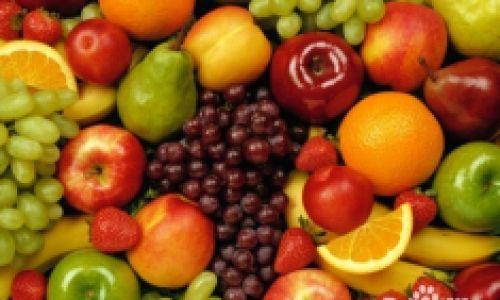
The art of mailing fresh fruits across long distances while ensuring they retain their freshness, taste, and nutritional value is both a challenge and a science. With the increasing demand for exotic and seasonal fruits worldwide, the need for effective preservation methods during shipping has become more crucial. Whether it’s sending a box of mangoes to a loved one overseas or exporting tropical fruits to international markets, understanding and implementing the right preservation techniques can make a significant difference. This article delves into various strategies for preserving fresh fruits during mailing, focusing on packaging, temperature control, humidity management, and the use of natural preservatives.
Understanding the Perishability of Fruits
Before diving into preservation methods, it’s essential to grasp the unique perishability traits of different fruits. Fruits can broadly be categorized based on their ripening behavior: climacteric and non-climacteric. Climacteric fruits, such as bananas, apples, and tomatoes, continue to ripen after harvest, releasing ethylene gas, which accelerates the ripening process. On the other hand, non-climacteric fruits, like berries and grapes, do not undergo significant ripening changes post-harvest and are more sensitive to environmental conditions.
Understanding this classification helps in tailoring preservation strategies. For instance, climacteric fruits may require ventilation to allow ethylene dispersion, while non-climacteric fruits need stricter temperature and humidity control to prevent spoilage.
Packaging Techniques for Fruit Preservation
Packaging plays a pivotal role in maintaining the quality of fruits during transit. The ideal packaging should provide a balance between protection, breathability, and moisture control.
1. Ventilated Packaging
For climacteric fruits, ventilated packaging allows the release of ethylene gas, preventing over-ripening and mold growth. Perforated plastic containers or paper bags with small holes can be effective. These materials also allow for some moisture evaporation, which can be beneficial in controlling humidity levels inside the package.
2. Modified Atmosphere Packaging (MAP)
MAP involves sealing fruits in packages with controlled levels of oxygen, carbon dioxide, and nitrogen. This technique extends shelf life by slowing down respiratory processes and inhibiting microbial growth. For example, high CO2 levels can delay ripening in climacteric fruits, while low O2 levels can prevent oxidative damage in non-climacteric fruits.
3. Absorbent Materials
Using absorbent materials like silica gel or desiccants can help control excess moisture, reducing the risk of mold and rot. These materials should be placed strategically within the packaging to avoid direct contact with the fruits.
4. Insulated Shipping Containers
Insulated containers maintain a consistent temperature, protecting fruits from extreme heat or cold. These containers can be lined with thermal insulation materials and equipped with gel packs or refrigerants to maintain desired temperatures. For international shipping, thermal blankets or foam boxes can provide additional insulation.
Temperature and Humidity Control
Temperature and humidity are critical factors influencing fruit freshness. Each type of fruit has an optimal storage temperature range that should be maintained throughout the shipping process.
1. Temperature Management
Tropical fruits like mangoes and pineapples thrive at temperatures around 10-13°C (50-55°F), while berries require cooler temperatures of 0-2°C (32-36°F). Using refrigerated shipping containers or thermal shippers with built-in cooling systems ensures that fruits are kept within their optimal temperature range.
2. Humidity Regulation
Maintaining the right humidity level is equally important. Too much humidity can lead to mold and rot, while too little can cause dehydration. Absorbent materials and humidity-controlled packaging can help regulate humidity levels. For example, using humidity-regulating films that allow for the exchange of water vapor can keep fruits at the desired moisture level.
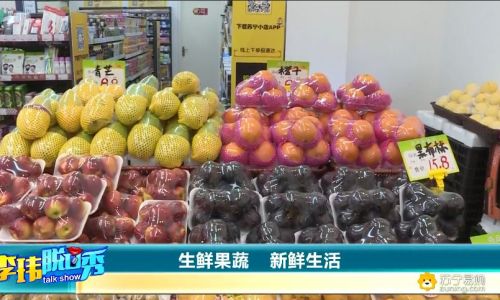
Natural Preservatives and Antioxidants
Natural preservatives and antioxidants can further enhance the preservation of fruits during shipping. These compounds can be applied as coatings or sprays on the fruit surface.
1. Edible Coatings
Edible coatings, such as chitosan, wax, or plant-based oils, form a protective barrier on the fruit surface, reducing water loss and delaying the growth of microorganisms. These coatings can also be enriched with antioxidants like ascorbic acid (Vitamin C) or tocopherols (Vitamin E) to enhance shelf life.
2. Essential Oils and Extracts
Essential oils from plants like rosemary, thyme, and oregano have natural antimicrobial properties. These oils can be incorporated into packaging materials or sprayed directly on fruits to inhibit the growth of bacteria and fungi.
3. Antioxidant Solutions
Dipping fruits in antioxidant solutions before packaging can help neutralize reactive oxygen species that cause spoilage. Solutions containing ascorbic acid, citric acid, or calcium ascorbate are commonly used.
Monitoring and Tracking
Advanced monitoring and tracking technologies ensure that the shipping conditions remain optimal from origin to destination.
1. Temperature Loggers
Temperature loggers record and transmit data throughout the shipping process, allowing for real-time monitoring and immediate intervention if conditions deviate from the set parameters.
2. GPS Tracking
GPS tracking provides visibility into the shipment’s location and estimated time of arrival, enabling better logistics planning and timely delivery.
3. Sensor-Based Monitoring
Sensor-based systems can monitor humidity, gas emissions, and other critical parameters, offering a comprehensive view of the shipping environment.
Conclusion
The preservation of fresh fruits during mailing is a multifaceted challenge that requires a combination of packaging innovations, temperature and humidity control, natural preservatives, and advanced monitoring technologies. By understanding the unique needs of different fruit types and implementing tailored preservation strategies, it’s possible to extend the shelf life and maintain the quality of fruits, ensuring that they arrive in perfect condition, regardless of the distance traveled. As technology advances and consumer demand for fresh, high-quality produce grows, the development of more efficient and sustainable preservation methods will continue to be a priority in the global fruit industry.
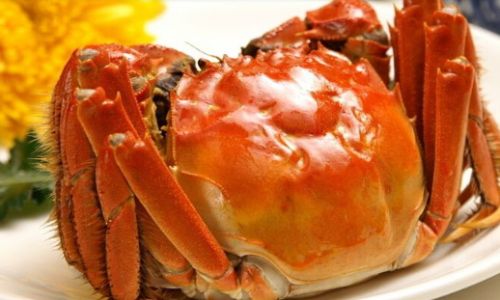
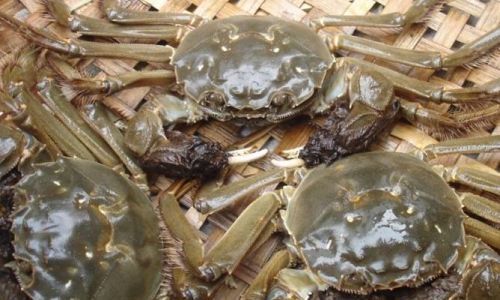
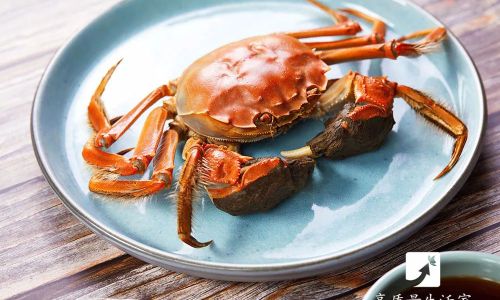
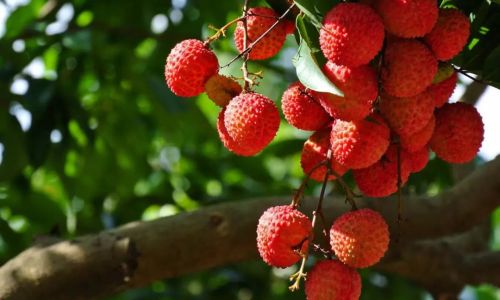
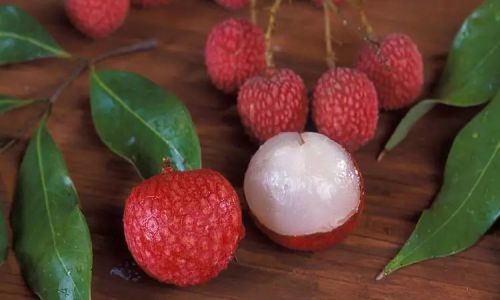
0 comments